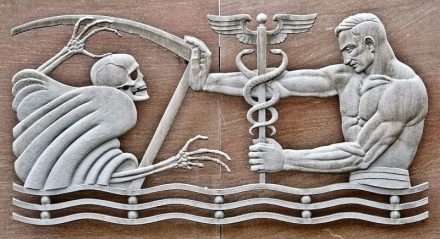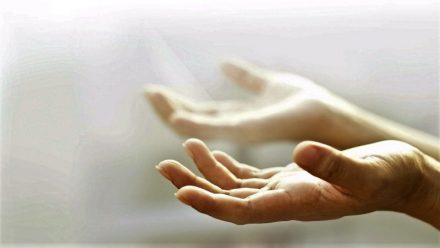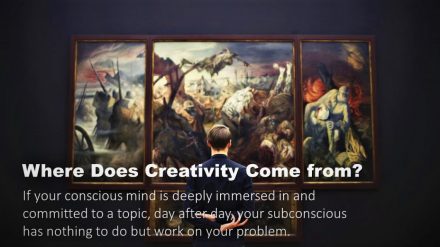Marriage is called all sorts of things, a haven, and a refuge, and a crowning glory, and a state of bondage, and lots more. – Agatha Christie
On mankind’s list of what’s important, the institution of marriage ranks highly among our many priorities. For hundreds and hundreds of years, societies have used the institution of marriage as a major characteristic to define who we are and what our life’s purpose is. Almost all cultures consider the union of two people in marriage as a holy sacrament and a divine covenant, treating it as an immaculate, timeless tradition.
The idea of marriage originally grew out of necessity. It was a way to ensure the care of oneself and the protection of one’s legacy. Over time, however, this original construct outgrew these practical intentions and became merciless to those who failed to fulfill its rigid obligations.
In our first step toward building a life we deem complete, we attempt to find a companion who fulfills many roles—a friend, a counselor, an intimate partner, a lover, and a caregiver. We set out to find a perfect match who is compatible with us on all levels. Once we feel as though we’ve found that special someone, we forge a relationship defined by many expectations. To further solidify the bond, we enter into a marital contract. The concept of marriage is lusted over by many as a quixotic key to happiness.
The first few years of marriage may seem like a utopian bliss. But as years go by, couples may find themselves unpleasantly tangled and their freewill restricted. Many married partners live either by compromise or bargain, which leaves the lure of true happiness as nothing more than a distant promise. Couples eagerly come to sip the honey, but eventually they find themselves stuck—trapped by responsibilities and expectations. Agatha Christie touches on this in The Secret Adversary when she writes, “Marriage is called all sorts of things, a haven, and a refuge, and a crowning glory, and a state of bondage, and lots more.”
When two people decide to live together, they either co-habitate informally or enter into a formal contract of marriage. Societies tend to encourage a formal, contractual obligation in order to solidify a family unit.
The first few years of marriage may seem like a utopian bliss. But as years go by, couples may find themselves unpleasantly tangled and their freewill restricted.
The act of cohabitation is natural to all living creatures as a means of mutual cooperation. This act helps all living creatures meet certain individual demands—both physical and emotional. Today, cohabitation is often seen as a transitional phase before a couple enters into the contract of marriage.
Many animals that form pairs to mate and raise offspring regularly engage in sex outside of their primary relationship. Naturally, many of these “affairs” result in offspring, which are then reared by the cohabited male partner of the mother. Here, fatherhood is recognized as a social role—the male partner nurtures the offspring, even those that don’t belong to him. But a father has more interest in the well-being of his biological child, in his own legacy, than in someone else’s. Therefore, such an arrangement is not the best option for the offspring produced outside of the cohabited pairing within the animal kingdom.
In the human world, this commitment to sexual exclusivity can fall vulnerable to situational demands. Because of this, the concept of formally organized family units with two biological parents is given high importance in most societies.
To this effect, people have created a social framework to ensure biological partners remain committed to one another in rearing a child into adulthood. The contract of marriage began to include regulations to further strengthen the family unit, such as age limits and licenses. Some societies have empowered citizens who marry with benefits ranging from property and inheritance rights to tax breaks and even visitation rights in prisons. Anyone who has gone through the legal process of extricating themselves from a marriage understands how hard it is to dissociate from the contract.
In the ancient world, marriage served primarily as a means of preserving power, with kings and other members of the ruling class marrying off daughters to forge alliances, acquire land, and produce legitimate heirs. Even in the lower classes, women had little say over whom they married. The purpose of marriage was the production of heirs, as implied by the Latin word matrimonium, which is derived from mater (mother).
All living beings of nature have two things in common: self-preservation and a fundamental instinct to leave a legacy. What is unique to humans is our contractual monogamy supported by ethics and religion. How people have decided to engage in such relationships has evolved over time. In recent centuries, before monogamous marriage became the norm, polygamy prevailed. An emphasis on monogamy grew out of polygamous societies not by chance, but by necessity.
One social drawback of polygamy is a scarcity of available women, which leads to an increase in competition among men. The intense competition for wives increases the likelihood that men will resort to criminal behavior in and outside of the home to gain women and resources.
Monogamy, on the other hand, offers a more democratic distribution of both genders and can help ease social tension and crime. In monogamous cultures, men are able to shift their focus from seeking multiple wives to successful child rearing. Monogamous marriages result in improved child welfare, as well as lower instances of child neglect, abuse, accidental death, and domestic violence.
All living beings of nature have two things in common: self-preservation and a fundamental instinct to leave a legacy.
Like any other species, the goal of humanity is to produce more humanity. Having a stable relationship between parents ensures that children are raised with the proper skills needed for survival. Creating smaller subsets of society built upon the institution of marriage allows for individuals to be self-sustaining in order to optimize the survival of the greater good.
In recent decades, societies have experienced an increase in couples choosing cohabitation before, or in lieu of, the formal contract, resulting in an increase of children born outside of traditional marriages. After examining the evolution of matrimony, it seems as though history is beginning to repeat itself. But the question looms:
Is there a better way to organize human societies than through the institution of marriage?
We have tried strategies like cohabitation, courtships, and polygamy. The marital system as it exists today may not be the logical conclusion for how to best build society, but it is our best effort. Part of what makes it so effective is its flexibility; it’s adaptable to each family and has been for thousands of years.
The bottom line is that a contracted partnership exists to facilitate the most optimal survival.
Use it well. Use it void of ideologies and dogmas. Allow it to work with and not against nature, and you will achieve the bliss you have always hoped to find. And, if it doesn’t work, realize that marriage is only a social construct, not a permanent sacrament. Ultimately, if you define who you are based on the social constructs—“I am a husband” or “I am a wife”—you are identifying yourself based on nothing more than a social role.
You are more than an identity created for social convenience.





